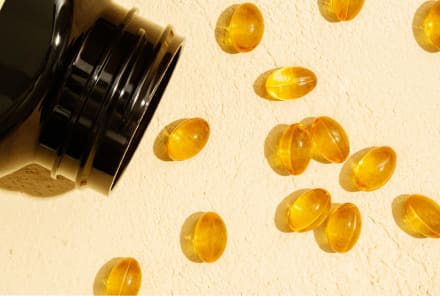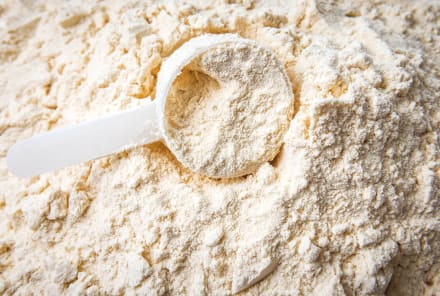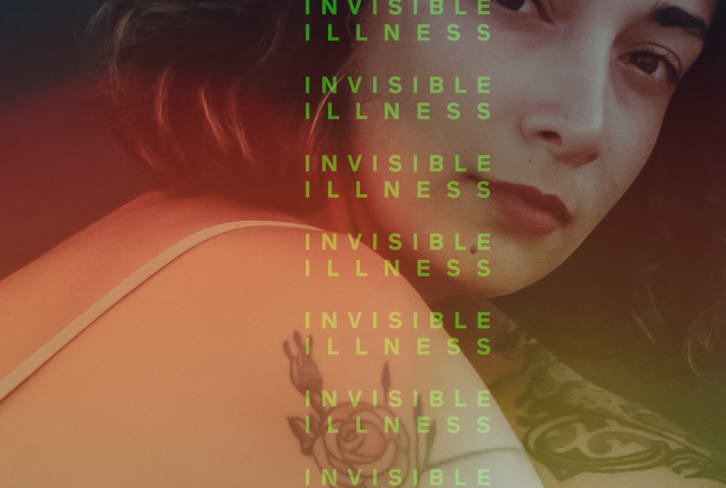Advertisement
This 30-Second Cracker Test Will Tell You How Many Carbs You Should Be Eating For Your DNA
You may not pay much attention to your saliva, but it's a veritable cocktail of proteins and enzymes that have been fine-tuned to begin the process of digestion long before your food hits your belly. You can think of enzymes that are involved in digestion like kitchen appliances. Just like some people have kitchens without any appliances while other people have ones that are decked with the latest high-power culinary gadgets, we all differ in the types of genetic tools found in our saliva and that we have inherited to help us break down and digest our food.
Most people have an enzyme within their saliva called amylase, which, like a giant pair of shearing scissors, has the ability to cut apart big and bulky starch molecules into simpler sugars. That's the first step in making big threads of starch molecules available for the body to use easily as energy. And amylase is really good at cutting up starch.
Some of us have supercharged saliva that's just waiting to cut apart the carbohydrates we eat by being packed full of amylase (saliva that's turbocharged can have up to 50 times more amylase). As it turns out, researchers were surprised to discover that we're not all endowed with the same amount of amylase in our saliva. Some people were actually found not to have any at all!
You may or may not have inherited multiple copies of the gene your body uses to make the protein amylase, called AMY1. And the more copies of AMY1 you've inherited from your parents, the more amylase you have in your saliva right now. If you have multiple copies of amylase, you are lucky enough to speedily burn through and digest a tremendous amount of starch.
It's actually pretty simple to gauge how much amylase you have in your saliva, and thus, how well your body can digest starch. In my new book, The DNA Restart, I show how you can unpack key parts of your own genome at home with a few genetic self-tests. The first genetic self-test is the DNA Restart Cracker Self-Test. Results from this experiment will indicate how much amylase you have in your saliva and, through that result, about how many copies of the AMY1 gene you've inherited from your parents.
What you'll need for the test:
- One saltine cracker (must be unsalted) or, if you're following a gluten-free diet, a dime-size piece of raw peeled potato
- A timer
- A pen or electronic device for your note taking
How to perform the DNA Restart Cracker Self-Test:
Get your cracker or potato ready, as well as a timer and something to take notes with. Make sure that your saltine cracker is unsalted. Now, break the cracker approximately in half, or if you're using a piece of raw potato, have it ready and place either one in front of you. The goal of the DNA Restart Cracker Self-Test is to find out which of the three Carbohydrate Consumption Categories you fall into: Full, Moderate, or Restricted. You will get this information by the amount of time it takes for a change in taste to occur when you’re chewing either the saltine cracker or potato. The longer you're chewing, the more likely the taste will change. If you never detect a change in taste, that's normal (and significant!), too. To ensure that you get the most accurate results, you'll be running through the experiment three times and averaging the results.
Now get your timer out. Whenever you're ready, place the cracker or potato in your mouth and start timing and chewing. You'll need to pay really close attention now, as the starch in the cracker or potato may already be starting to be digested by amylase in your saliva. If you feel yourself wanting to swallow, that's perfectly normal, but try to stop yourself. Try to imagine that you're simply chewing a piece of gum as you keep chewing.
As soon as you detect a change in taste or if you reach 30 seconds while timing, stop chewing, swallow, and note the time. Rerun the same self-test two more times. Now, add up the three times and divide by three so that you can get to your DNA Restart Carbohydrate Consumption Category. Take your combined score to find your personal Carbohydrate Consumption Category:
The carbohydrate consumption categories:
- 0 to 14 seconds until taste change: Full
- 15 to 30 seconds until taste change: Moderate
- More than 30 seconds until taste change: Restricted
From here you go to the Carbohydrate Consumption Estimate Guide, which will give you the specifics of what your daily carb intake should be.
Your carbohydrate consumption estimate guide:

*This is assuming an approximate average caloric intake of 2,000 kilocalories per day.
**This is assuming an approximate average caloric intake of 2,600 kilocalories per day.
If your DNA Restart Carb Category is Full, you can have up to 50 percent of your calories coming from carbs, 20 percent from protein, and 30 percent from fats.
If your DNA Restart Carb Category is Moderate, you can have up to 35 percent of your calories coming from carbs, 30 percent from protein, and 35 percent from fats.
If your DNA Restart Carb Category came out to be Restricted, you can have up to 25 percent of your calories coming from carbs, 35 percent from protein, and 40 percent from fats.
Remember that these numbers are meant purely as an estimated guide since the focus should be bringing your life in line with your DNA and not counting calories. That being said, you're going to have to be diligent regarding the amount and quality of food you eat. Today, we are all consuming more food than our DNA thrives on. Overeating literally stresses the body, which hurts our genes, saps our youth, and reduces our longevity. To make matters worse, our food has been stripped of essential phytonutrients and minerals, which used to nourish and strengthen our DNA.
Watch Next
Enjoy some of our favorite clips from classes
Enjoy some of our favorite clips from classes
What Is Meditation?
Mindfulness/Spirituality | Light Watkins
Box Breathing
Mindfulness/Spirituality | Gwen Dittmar
What Breathwork Can Address
Mindfulness/Spirituality | Gwen Dittmar
The 8 Limbs of Yoga - What is Asana?
Yoga | Caley Alyssa
Two Standing Postures to Open Up Tight Hips
Yoga | Caley Alyssa
How Plants Can Optimize Athletic Performance
Nutrition | Rich Roll
What to Eat Before a Workout
Nutrition | Rich Roll
How Ayurveda Helps Us Navigate Modern Life
Nutrition | Sahara Rose
Messages About Love & Relationships
Love & Relationships | Esther Perel
Love Languages
Love & Relationships | Esther Perel


















